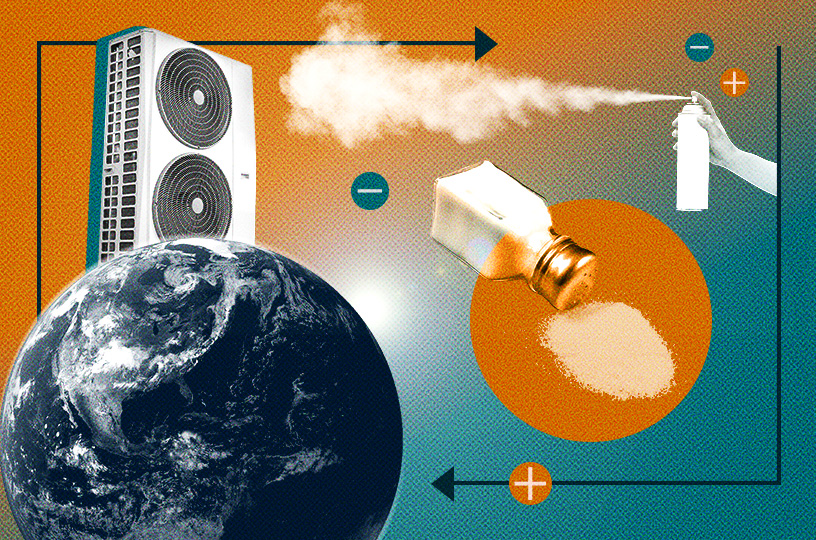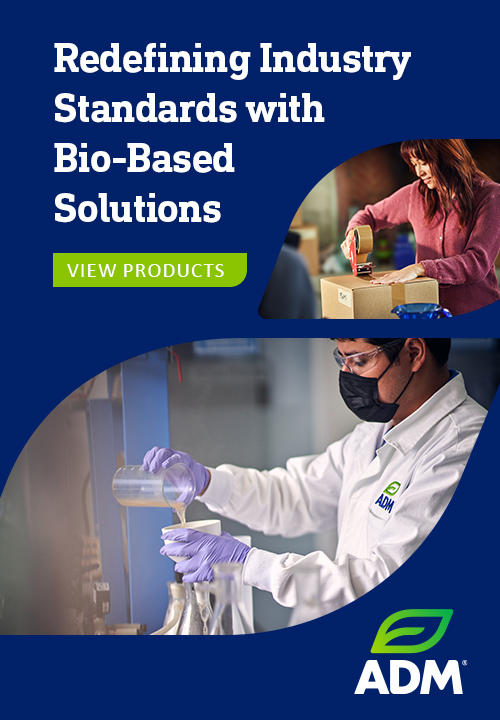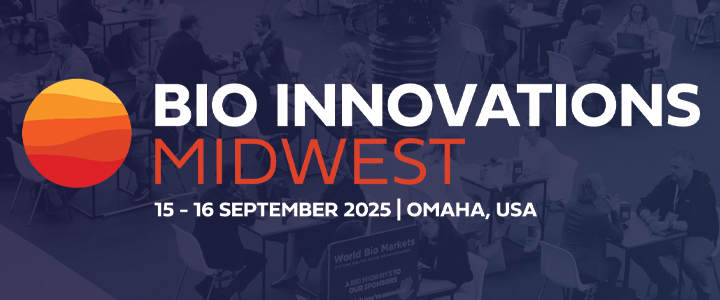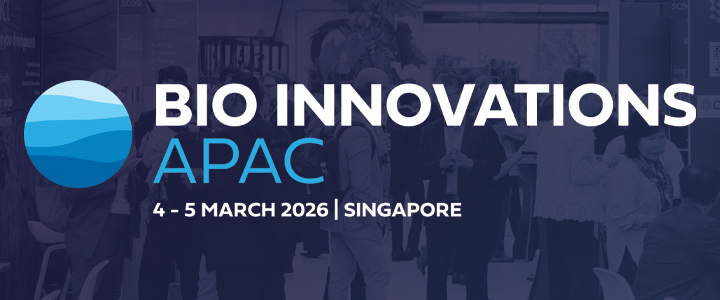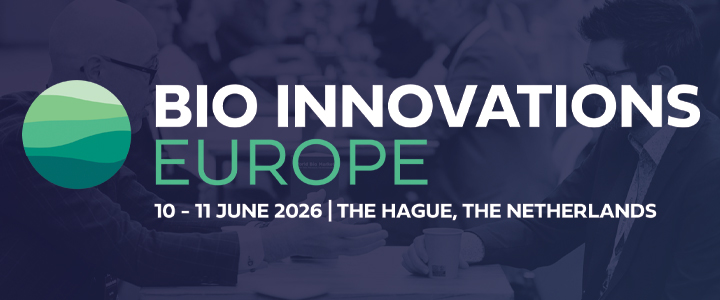Drew Lilley and Ravi Prasher, researchers at the Department of Energy’s Lawrence Berkeley National Laboratory (Berkeley Lab), have developed a new carbon-negative refrigeration method inspired by the salting and gritting of roads to limit ice formation in the winter months.
The new carbon-negative method, denominated ‘ionocaloric cooling’, controls the melting and crystallization of material via the application of a solution containing ions that generate the ionocaloric cycle.
“The landscape of refrigerants is an unsolved problem: No one has successfully developed an alternative solution that makes stuff cold, works efficiently, is safe, and doesn’t hurt the environment” said Lilley. “We think the ionocaloric cycle has the potential to meet all those goals if realised appropriately,” he added.
The carbon-negative ionocaloric cooling method developed by Lilley and Prasher could help speed up the transition from using HFCs (hydrofluorocarbons) in refrigeration techniques to more environmentally compatible refrigeration methods. HFCs are known greenhouse gases that, while considered safer than CFCs, possess a considerable heat-trapping effect thousands of times greater than CO2.
Ionocaloric cooling differs from other caloric methods by using ions to trigger solid-to-liquid phase changes. Incorporating a solution allows the transitional materials to be pumped through a system, making them easier and more effective at transporting heat. More importantly, the potential of this new carbon-negative ionocaloric cooling method could theoretically compete with and even surpass the efficiency of conventional gaseous refrigerants.
The researchers used an iodine and sodium-based salt in combination with ethylene carbonate – a solvent used in lithium-ion batteries – to test their theory.
According to Lilley: “Using a material like ethylene carbonate could actually be carbon-negative, because you produce it by using carbon dioxide as an input. This could give us a place to use CO2 from carbon capture”.
“By introducing a current to the solution, the ions rearrange, which alters the melting point of a material. Upon melting, the material forms a solution that can absorb heat from its surroundings. By removing the ions, the solution moves back into a solid state to release heat”.
“We have this brand-new thermodynamic cycle and framework that brings together elements from different fields, and we’ve shown that it can work,” Prasher said. “Now, it’s time for experimentation to test different combinations of materials and techniques to meet the engineering challenges.”
